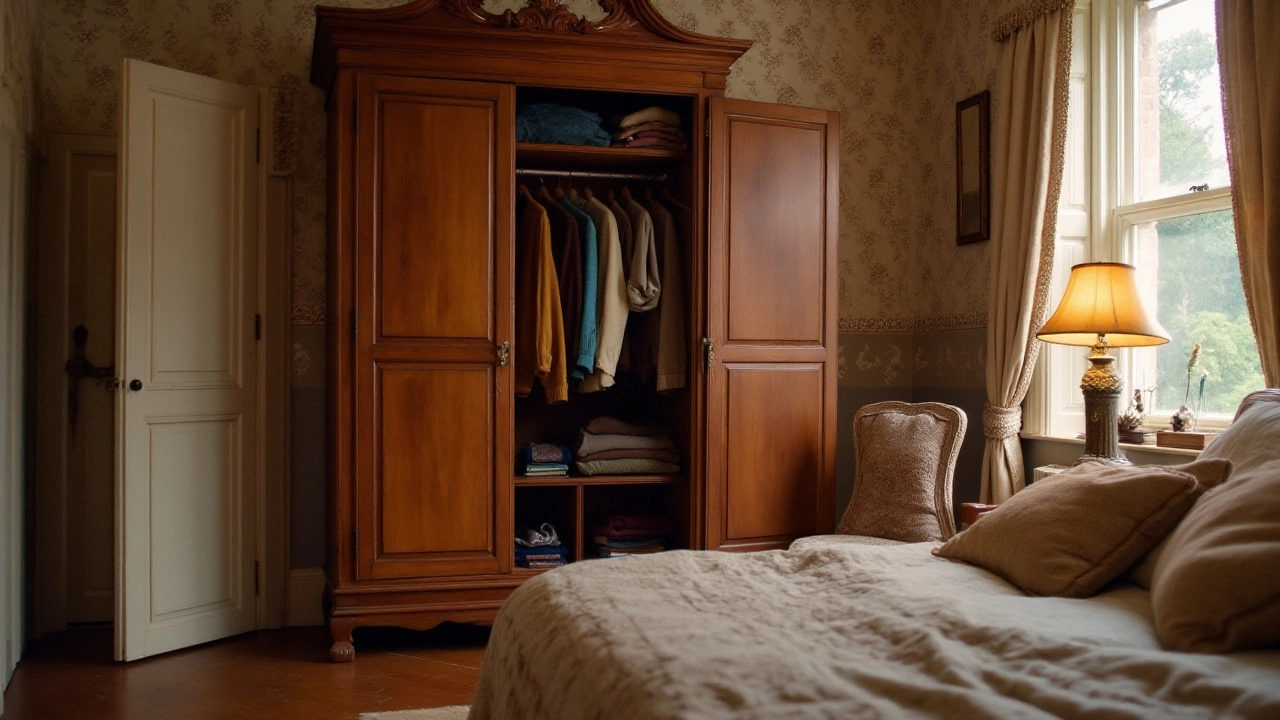Americans love practical furniture tips that fit their busy lives
If you’re reading this, chances are you’re looking for ways to make your home feel more comfortable, stylish, and built to last. We’ve gathered the most useful ideas from our blog posts and boiled them down to the essentials that work best for American homes. Whether you live in a city loft, a suburban house, or a cabin in the woods, these tips will help you choose the right pieces without wasting time.
Pick durable pieces that survive everyday chaos
Kids, pets, and endless Netflix marathons put a lot of strain on sofas and chairs. Our guide on the most durable sofas for 2025 shows that a solid hardwood frame, high‑density foam cushions, and leather or tight‑weave fabric are the winning combo. Look for sofas with reinforced joinery and removable covers – they’re easier to clean and let you swap the look later on.
Patio furniture also needs to stand up to rain, sun, and wind. Aluminum frames and teak are top choices because they resist rust and warping. When you shop for an outdoor set, check the warranty; a longer guarantee usually means the manufacturer trusts the material.
Get the layout right for comfort and style
One of the easiest ways to upgrade a room is to adjust the distance between your sofa and TV. A rule of thumb is to sit about 1.5 times the diagonal screen size away – so a 55‑inch TV works best about 6.5‑7 feet from the couch. This keeps the picture crisp and reduces eye strain, especially if you have kids who love to cuddle up.
When it comes to coffee tables, size matters. A round table should be roughly the same height as your sofa’s seat cushions and leave at least 18‑inches of clearance on every side for easy movement. If you’re debating whether to put a rug under the table, think about traffic flow: a rug that extends beyond the table’s edges protects flooring and defines the conversation zone.
Bookshelves aren’t just for books. Placing a narrow shelf in a small bedroom can double storage space without crowding the floor. Position it opposite a window to balance natural light and keep the room feeling airy.
Finally, consider alternative seating if you work from home. A yoga ball, kneeling chair, or standing desk can break up the monotony of a traditional office chair and improve posture. Just make sure the height is right – your elbows should stay at a 90‑degree angle when typing.
These practical pointers come straight from our most popular posts, so you know they’re tested and trusted by readers across the United States. Start with one change – maybe swapping out an old sofa for a sturdier model – and watch how the rest of the room falls into place. Happy decorating!
Understanding the American Term for Wardrobe
Navigating linguistic differences can be tricky, especially when words seem interchangeable. In America, the term 'wardrobe' can mean different things compared to other English-speaking countries. Interestingly, Americans commonly use the word 'closet' instead. This article delves into the linguistic nuances and regional variations associated with storing clothes.
More
